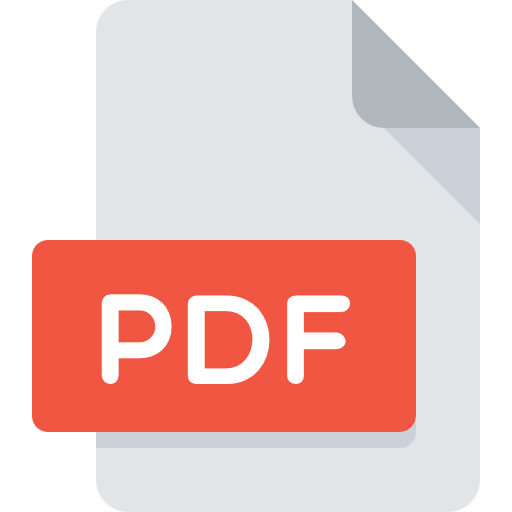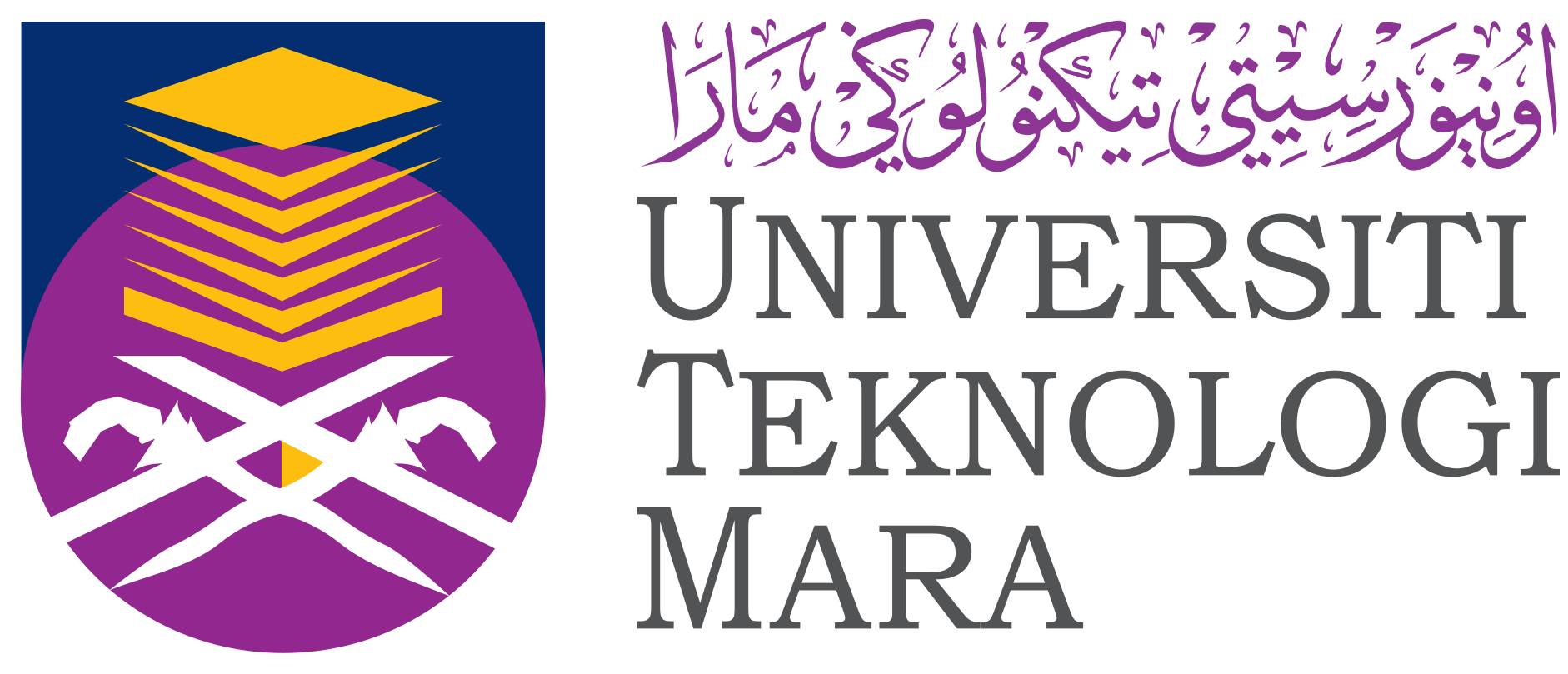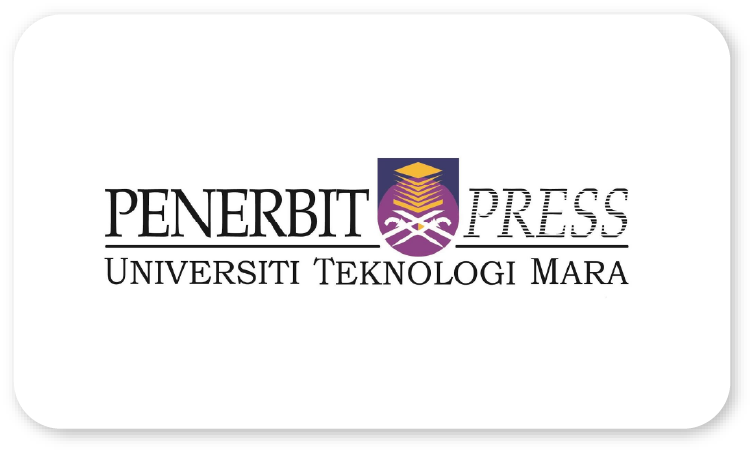The ESTEEM Journal of Social Sciences and Humanities (EJSSH) is committed to following best practices on ethical matters, errors, and retractions. The deterrence of publication malpractice is one of the essential duties of the editorial board. Any form of unethical behaviour is not tolerable, and the EJSSH does not accept plagiarism in any way.
The following responsibilities specify for editors, authors, and reviewers are based on the COPE Code of Conduct for Journal Editors to avoid any unethical behaviours. Editors, authors, and reviewers will also adhere to the EJSSH publication policies.
The Responsibilities of Editors
- Publication decisions:
The editors are responsible for deciding which of the articles submitted to the journal will be published. The validation of the work in question and its importance to researchers and readers must always drive such decisions. The editors may be guided by the policies of the journal’s editorial board and constrained by such legal requirements as shall then be in force regarding libel, copyright infringement and plagiarism. Current legal requirements regarding libel, copyright infringement, and plagiarism should also be considered. Based on the review report of the editorial board, the editors can accept, reject, or request modifications to the manuscript. The decision will be based on the paper’s importance, originality, and clarity, and the study’s validity and its relevance to the journal’s scope. The editors may confer with other editors or reviewers in making this decision.
- Review process:
The review and revision process usually takes 60 days. There are six steps for the EJSSH Review Process
- After receiving a manuscript, the editorial team checks the paper’s composition and arrangement against the journal’s “Author Guidelines” to make sure it includes the required sections and stylizations. For the double-blind peer review process, the team makes sure that the manuscript is blinded and does not include any identification information such as author(s) name, affiliation, acknowledgement, project or fund number etc. The quality of the paper is not assessed at this point. The manuscript is also uploaded to Turnitin to check for similarities and address any arising issues prior to beginning the review process.
- After the initial check, the Editor-in-Chief and Managing Editors double-check that the manuscript is appropriate for the journal and is sufficiently original and interesting. If not, the paper may be desk rejected without further review.
- After this screening, the Managing Editors will submit the manuscript to Associate Editors who in turn send invitations to individuals they believe would be appropriate reviewers. In choosing reviewers, the Associate Editors pay attention to match the manuscript’s topic with the expertise of the reviewers. The reviewers are chosen from different countries to have a global perspective. Potential reviewers consider the invitation against their own expertise, conflicts of interest and availability. They then accept or decline to review the manuscript.
- After reviewers accept to review, they then complete the review and provide recommendations and comments. Reviewers build a detailed point-by-point review. The review is then submitted to the Associate Editors, with a recommendation to accept or reject – or else with a request for revision (marked either major or minor) before it is reconsidered. If the reviews differ widely, the Associate Editors may invite an additional reviewer or discuss with the Editor-in-Chief to get an extra opinion. Based on the reviewers’ reports, the Editor-in-Chief together with the Associate Editors and Managing Editors decide on the manuscript based one of the following decisions: (a) accept the manuscript with either a minor or major revision, or (b) reject the manuscript. All accepted papers go through at least one or two rounds of blind revisions under the guidance of the Editor-in-Chief.
- For accepted manuscript with minor/major revisions, the author(s) are expected to revise the manuscript and prepare a verification of manuscript revision report and submit to Associate Editors. In the manuscript revision report, the author(s) are expected to address each reviewers’ comments and concerns. The Associate Editors check the resubmitted manuscript to make sure that the revision was completed; reviewers’ comments were addressed, and the verification of manuscript revisions report was attached. If required, the manuscript will go for the next round of review. After the manuscript revision is successful verified by Associate Editors, the resubmitted manuscript is sent to Copy Editors. For rejected manuscript, the Managing Editors send manuscript rejection email base on negative recommendations in the double-blind peer review process. Ideally, the author(s) consider these constructive comments and revise the paper before they send it to another journal.
- The copy editor corrects poor spelling, grammar, and punctuation, refines language to be clearer and more engaging, and fixes factual errors and inconsistencies in a text. The corrected manuscript is sent to Editor-in-Chief and Managing Editors for approval. The Assistant Editor publish the formatted manuscript on the journal website.
- Fair play:
The editors should evaluate manuscripts for their intellectual content without regard to race, gender, sexual orientation, religious belief, ethnic origin, citizenship, or political philosophy of the authors.
- Confidentiality:
The editors must ensure that information regarding manuscripts submitted by the author(s) is kept confidential. The editors and any editorial staff must not disclose any information about a submitted manuscript to anyone other than the corresponding author(s), reviewers, potential reviewers, other editorial advisers, and the publisher, as appropriate.
- Disclosure and conflicts of interest:
Unpublished materials disclosed in a submitted manuscript will not be used by the editors or the members of the editorial board for their own research purposes without the author’s explicit written consent. Privileged information or ideas obtained through peer review must be kept confidential and not used for personal advantage. Editors should restrain themselves from considering manuscripts in which they have conflicts of interest resulting from competitive, collaborative, or other relationships or connections with any of the authors, companies, or (possibly) institutions connected to the papers. Editors should require all contributors to disclose relevant competing interests and publish corrections if competing interests are revealed after publication. If needed, other appropriate action should be taken, such as the publication of a retraction or expression of concern.
- Research misconduct and plagiarism policy:
EJSSH takes the responsibility to enforce a rigorous double-blind peer-review together with strict ethical policies and standards to ensure to add high-quality scientific works to the field of scholarly publication. Unfortunately, cases of plagiarism, data falsification, inappropriate authorship credit, and the like, do arise. EJSSH takes such publishing ethics issues very seriously and we have a zero-tolerance policy in such cases. To verify the originality of manuscript’s content submitted to our journals, we use Turnitin to check submissions against previous publications. EJSSH will reject a manuscript that contains more than 30% similarity index. In addition, each source should not be cited more than 5%.
In cases of alleged or proven scientific misconduct, fraudulent publication, or plagiarism, the Editors, will take all appropriate measures to clarify the situation and to amend the article in question. This might include the complete retraction of the affected work. The editorial board shall take reasonable steps to identify and prevent the publication of papers where research misconduct has occurred, and under no circumstances encourage such misconduct or knowingly allow such misconduct to take place.
The Responsibilities of Reviewers
- Contribution to editorial decisions
The double-blind peer-reviewing process assists the editor in making editorial decisions and through the editorial communications with the author may also assist the author(s) in improving the paper. Peer review is an essential component of formal scholarly communication and lies at the heart of the scientific method.
- Promptness
Any selected reviewer who feels unqualified to review the research reported in a manuscript or knows that its prompt review will be impossible should notify the editor and excuse himself from the review process.
- Confidentiality
Any manuscripts received for review must be treated and kept as confidential documents. They must not be shown to or discussed with others except as authorized by the editor.
- Standards of objectivity
Reviews of submitted manuscripts should be conducted objectively. Personal criticism of the author(s) is unacceptable, and the reviewers should express their views clearly with supporting arguments.
- Acknowledgment of sources
Reviewers should identify relevant published work that has not been cited by the authors. Relevant citation should accompany any statement that observation, derivation, or argument had been previously reported. A reviewer should also call to the editor's attention any substantial similarity or overlap between the manuscript under consideration and any other published paper of which they have personal knowledge.
- Disclosure and conflict of interest
Unpublished materials disclosed in a submitted manuscript must not be used in reviewer’s own research without the express written consent of the author(s). Privileged information or ideas obtained through peer review must be kept confidential and not used for personal advantage. Reviewers should not consider manuscripts in which they have conflicts of interest resulting from competitive, collaborative, or other relationships or connections with any of the author(s), companies, or institutions connected to the manuscripts.
- Contribution to the quality of work
The quality of the work includes originality of subject or application, appropriateness of methods, accuracy of mathematical equations and computations, validity of conclusions, organization of subject matter, clarity and communicational competence, so to be acceptable a manuscript must make a worthwhile and significant contribution to the advancement of knowledge. The reviewers’ professional, objective and thorough review process will contribute to the quality of work and enhance the quality of published research.
The Responsibilities of Authors
- Reporting standards:
Author(s) of original research reports should present an accurate account of the work performed as well as an objective discussion of its significance. Manuscripts will follow the submission guidelines of the journal. Underlying data should be represented accurately in the paper. A paper should contain sufficient detail and references to permit others to replicate the work. Fraudulent or knowingly inaccurate statements constitute unethical behaviour and are unacceptable.
- Originality:
Author(s) will submit only entirely original works and will appropriately cite or quote the work and/or words of others. Publications that have been influential in determining the nature of the reported work should also be cited.
- Multiple, redundant, or concurrent publications:
In general, manuscripts describing essentially the same research should not be published in more than one journal or primary publication. Submitting the same paper to more than one journal concurrently constitutes unethical publishing behaviour and is unacceptable. Manuscripts which have been published as copyrighted material elsewhere cannot be submitted. In addition, manuscripts under review by the journal should not be resubmitted to copyrighted publications. In general, an author should not submit for consideration in another journal a previously published paper. Publication of some kinds of articles (e.g. translations) in more than one journal is sometimes justifiable, provided certain conditions are met. The author(s) and editor(s) of the journals concerned must agree to the secondary publication, which must reflect the same data and interpretation of the primary document. The primary reference must be cited in the secondary publication.
- Acknowledgement of sources:
Author(s) should acknowledge all sources of data used in the research and cite publications that have been influential in research work. Information obtained privately, as in conversation, correspondence, or discussion with third parties, must not be used or reported without explicit, written permission from the source. Information obtained in the course of confidential services, such as refereeing manuscripts or grant applications, must not be used without the explicit written permission of the author(s) of the work involved in these services.
- Authorship of the paper:
Authorship should be limited to those who have made a significant contribution to the conception, design, execution, or interpretation of the reported study. All those who have made significant contributions should be listed as co-authors. Where there are others who have participated in certain substantive aspects of the research project, they should be acknowledged or listed as contributors. The corresponding author(s) should ensure that all appropriate co-authors and no uninvolved persons are included in the author list. The corresponding author(s) will also verify that all co-authors have approved the final version of the paper and have agreed to the submitted version of the manuscript and their inclusion of names as co-authors.
- Data access and retention:
Author(s) may be asked to provide the raw data in connection with a paper for editorial review and should be prepared to provide public access to such data, if practicable, and should, in any event, be prepared to retain such data for a reasonable time after publication. In any event, author(s) should ensure accessibility of such data to other competent professionals for at least ten years after publication (preferably via an institutional or subject-based data repository or other data center), provided that the confidentiality of the participants can be protected and legal rights concerning proprietary data do not preclude their release.
- Specifying the used fund:
All authors should include a statement disclosing any financial or other substantive conflicts of interest that may be construed to influence the results or interpretation of their manuscript. All sources of financial support for the project should be disclosed. Examples of potential conflicts of interest which should be disclosed include employment, consultancies, stock ownership, honoraria, paid expert testimony, patent applications/registrations, and grants or other funding. Potential conflicts of interest should be disclosed at the earliest stage possible.
- Retraction/correction policy:
When an author discovers a significant error or inaccuracy in the submitted manuscript, it is the author’s obligation to promptly notify the journal editor and cooperate with the editors to retract or correct the paper. If the editors learn from a third party that a published work contains a significant error, it is the obligation of the author(s) to promptly retract or correct the paper or provide evidence to the editors of the correctness of the original paper.
- Copyright agreement:
Author(s) should consider the rights related to the publication and distribution of research.
- Avoiding the practices that harm the environment:
If the work involves the use of animal or human subjects, the author(s) should ensure that the manuscript contains a statement that all procedures were performed in compliance with relevant laws and institutional guidelines and that the appropriate institutional committee(s) has approved them. Author(s) should include a statement in the manuscript that informed consent was obtained for experimentation with human subjects. The privacy rights of human subjects must always be observed, and the author should avoid the practices that harm the environment.



